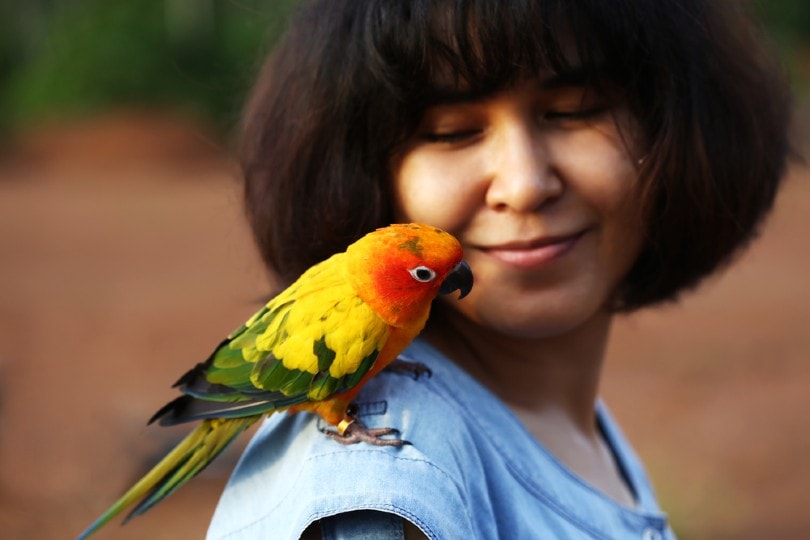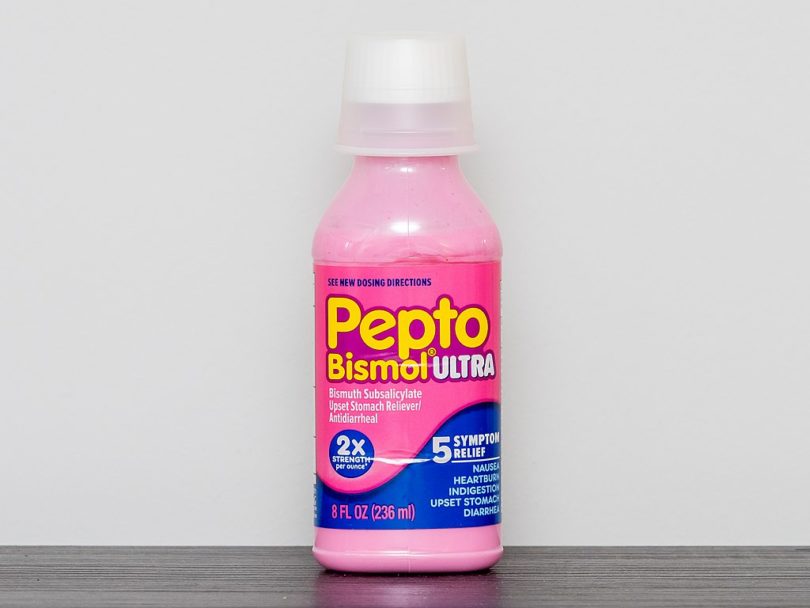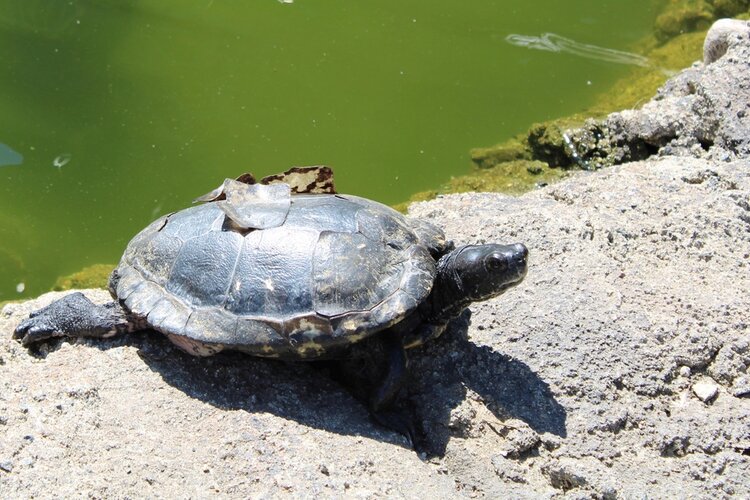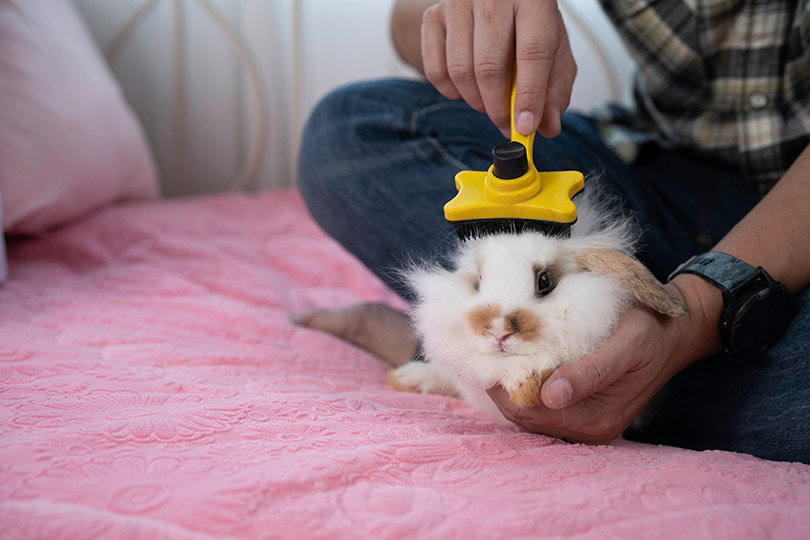VET APPROVED

The information is current and up-to-date in accordance with the latest veterinarian research.
Learn more »Click to Skip Ahead
Conures are members of the parrot family. The term is used as a vague description for several small to medium New World parrots in the subfamily Arinae. At the moment, there is a disagreement among taxonomists as to which species should be called a “conure.” As a result, scientific literature often uses other terms to describe these parrots. Nonetheless, the term is popular among pet bird owners.
In the context of pet keeping, most people use the term conure as a reference to the sun conure (Aratinga solstitialis) and the subspecies of the green-cheeked conure (Pyrrhura molinae). This article will focus mostly on these species, though the information provided does transfer to other conures as well.
If you own a conure, the age of your pet bird is a question many people will ask you. Whether you’re the proud parent of a conure or are simply curious how old your feathered friend is, you might be wondering if you can look at your bird for some clues to estimate their age. Unfortunately, once a conure reaches maturity, it is impossible to tell their age by visual appearance. However, juveniles can definitely be aged by visuals.
But is figuring out your conure’s age even necessary? Read on as we answer this question and explore the fascinating world of parrot genetics and longevity.
Telling a Conure’s Age
If you’ve adopted a conure that is a healthy, mature adult who for some reason doesn’t have a leg band or any records showing their true age – a major red flag you should look out for prior to adoption – there’s actually no way you would be able to tell their age. In fact, even an avian veterinarian wouldn’t be able to tell their age by looking at them. The conure could be 2, 5, 10, 15, 25, or possibly even 30 years old.
This isn’t because of a lack of tests that could possibly determine a parrot’s age. It’s simply because of the way parrots age (or rather, don’t age). More on this shortly.
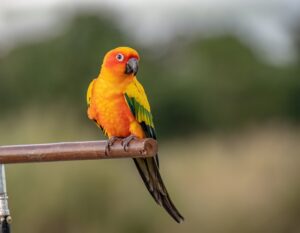
Myths on Determining a Conure’s Age
There are many handmaid’s tales and myths on how one can determine a conure’s age. Examples include the following.
- Beak color change – Many people believe that a color change in the beak (such as a fading beak) is a sign of an older parrot.
- Feet changes – Likewise, it is thought that scaly feet or brittle nails are a sign of an older parrot.
- Ocular changes – People believe that the eyes turning cloudy or blue indicates that a conure is “old.”
- Plumage changes – A dull plumage is often incorrectly assumed as an indicator of age.
- Behavioral changes – Finally, many people incorrectly believe that an older conure would “slow down,” akin to an older person.
The reason these signs are very poor indicators to go by when it comes to determining your conure’s age is because they’re all signs that your parrot is ill and needs medical attention! As such, to attribute these signs to the natural aging process is neither true nor responsible pet ownership.
Parrot Longevity: Age Is Just a Number
Perhaps one of the most interesting aspects of parrots is the genetics of how they grow and age. Parrots have a remarkable genetic edge when it comes to longevity. They outlive non-parrot birds of the same size1, and it is thought that their longevity compensates for the fact that they are generally very slow to reach sexual maturity. The lifespan of larger parrots easily rivals the lifespan of some of the longer living mammals, such as elephants and even humans.
Though many animals (and humans) display signs of gradual aging with the passage of time, this doesn’t seem to apply to parrots2. They have intrinsic mechanisms that minimize oxidative stress and protect against collagen loss, and they even possess a great capacity for neuron regeneration. These mechanisms have made it possible for “the passage of time” to not play a role in determining when a parrot would turn old. Indeed, for healthy adult parrots, age would definitely just be a number.
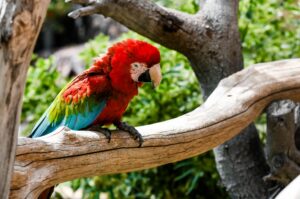
Old Age (Senescence) in Parrots
The onset of old age or senescence in parrots seems to be a very complex, multifaceted process of when their body decides to “shut down.” Once this sets in, they often rapidly deteriorate and then pass away within a matter of weeks or a few months. However, their age doesn’t seem to be a factor in when this happens. Factors such as their nutritional status and social care seem to be far more important.
For example, a conure with a very poor diet may turn 10 and suddenly show signs of being lethargic, extremely weak, scaly, dull in appearance, and may then pass on. This is because the body might no longer find itself capable of coping with suboptimal nutrition. One might be forgiven for thinking that this individual was 25 or 30 years old and nearing the end of their “natural lifespan” when in reality they weren’t as old.
On the other hand, a conure who is well-cared for and on an appropriate diet for their needs might be 20 but still physically look and act like a conure who is just 2 years old. They would also still be capable of reproduction. Once again, one could guess that the individual is a young 2 to 3-year-old bird.
It’s essentially not possible to tell an older, healthy bird apart from a younger, healthy bird. This remains one of the more compelling reasons as to why veterinarians encourage frequent nutritional consultations for parrots, as their needs do change throughout their life.
The dynamics of aging in parrots is also why there is a massive variance in the reported lifespan of parrots. For example, the green-cheeked conure is expected to live to around 25 to 30 years (even in the wild); however, the average lifespan of the species as a pet is only around 10 years3. This indicates that there are definitely many factors that would make it difficult for most owners to properly care for them.
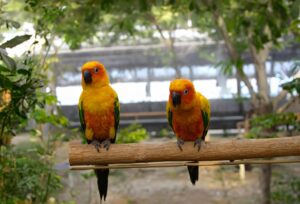
Does Your Conure’s Age Actually Matter?
Though you would never be able to tell an adult conure’s age just by looking at them, there’s good news: It actually doesn’t matter much from a medical point of view. This is because, as we’ve explained, your bird wouldn’t actually age with time. Other aspects of their care, such as their nutritional needs, social needs, environmental needs, and exercise requirements are far more relevant for their long-term health.
Only Adopt Age-Verified Pets
While your conure’s age is not a very critical number from a medical sense, you should still only adopt individuals with a verified age (in the form of a leg band and verified records). This is because there’s a high chance that an individual missing such data is a wild-caught individual.
Sun conures are considered endangered, and illegal capture for pet-trade does play a part in their dwindling numbers. By adopting a parrot of unknown age, you might inadvertently be sponsoring their decline.
In addition, your pet might not be eligible for insurance if you don’t have records of their age. The overwhelming majority of breeders do provide age records for their birds, and, as such, if you are unable to obtain one, you should be very cautious about adopting a pet from such a breeder or service.
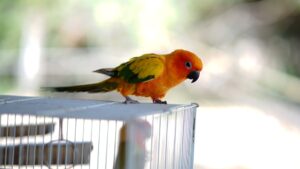
Aging Non-Adult Conures
If your conure isn’t an adult, you’re in luck! Aging non-adults is relatively simple.
- 0 to 10 days: Chick will be blind (eyes closed) and naked (no feathers)
- 11 to 14 days: Eyes begin to open, pin feathers appear
- Up to 8 weeks/2 months: Dependent on parents for food (nestlings)
- 9 to 10 weeks: No longer reliant on parents, can fly well (fledglings)
- Under 6 months: Plumage is green
- 6 months to 2 years: Plumage slowly morphs from green to the yellow of an adult through molts
Green-cheeked conures can also be aged as juveniles, though you would have to know which subspecies specifically you’ve adopted for a more accurate understanding of the process. For example, a juvenile of the subspecies Pyrrhura molinae molinae would lack red plumage on their belly. However, this might not apply to the subspecies Pyrrhura molinae hypoxantha.
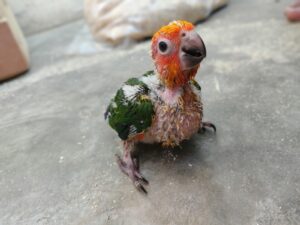
Final Thoughts
Telling the age of an adult conure without verifiable records is not considered possible. Fortunately though, for parrots, age truly is just a number. Your efforts as a pet owner should be ensuring that you adopt an individual with verifiable age records and ensuring that other aspects of their care are accounted for.
If your conure is a juvenile though, you’re in luck. Fortunately, aging such individuals is possible (though they too should definitely have records). The inability for us to tell an adult’s age isn’t due to a lack of effort but rather due to the fascinating way that parrots deal with longevity and the aging process itself.
See also:
Featured Image Credit: Roylee_photosunday, Shutterstock
